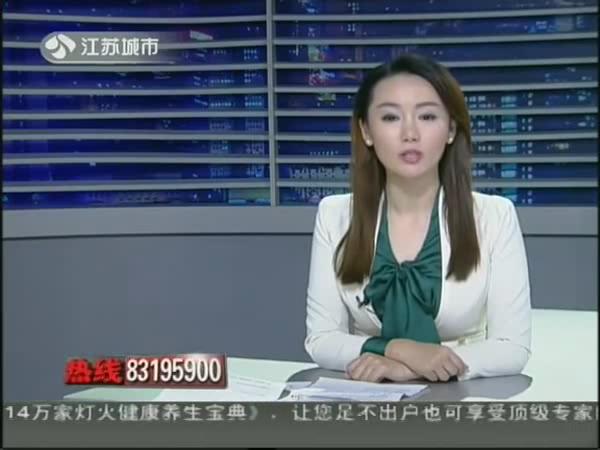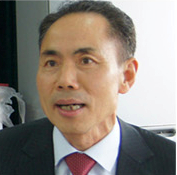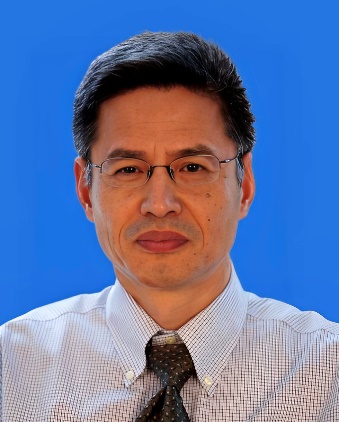Feb.08, 2010, 00:00
In line with a number of East African countries, Uganda’s parliament has started formulating a law against money laundering.
The intention is to bring all the money laundering laws in the EAC and SADC regions in line with one each another other and thus stem the flow of funds from the illegal economy into the legal economy.
The proposed law was cleared after the Bill was published in the government gazette in August 2009.
Nevertheless, Uganda taken made no significant steps to fight money laundering.
It appears that the whole anti-money laundering initiative in the EAC zone is driven by international pressure based on concerns regarding terrorism funding and drug trafficking.
This leaves huge gaps in the laws as well as the political will to determine what will be monitored and prosecuted.
Money laundering is normally a complicated process, and may in fact have very little or nothing to do with terrorism funding.
With almost no statistics available in Uganda on money laundering activities, it is difficult to gauge the full extent of the problem.
It also just so happens that the Kimberly Process, the scheme of certificates of origin for diamonds launched in 2001 with the backing of UN Security Council resolutions, is unravelling.
Smuggling of resources from the Democratic Republic Congo (DRC) is rife.
While plundering the DRC, Uganda’s diamond exports to Belgium tripled. Uganda is not a diamond producing country.
The failure of the Kimberly Process could cause anti-money laundering initiatives to backfire.
If gold and diamonds can be easily procured in a hard-to-trace manner, it provides an alternative way to mop up any spare and unaccountable dollars floating about in the system from a number of illegal activities. It is also a convenient avenue to move wealth around the world in a difficult to detect manner.
With gold easing up to the $1,200 an ounce mark, it becomes an increasingly attractive means to store and hide wealth.
Diamonds too provide an excellent medium for money laundering.
They have a very high value to weight ratio and can be easily transported. Flows of funds from diamonds cannot be easily accounted for.
Widespread smuggling renders official export data misleading.
Data derived from imports by partner countries are not reliable either since many diamonds are smuggled to third countries before being officially shipped to diamond centres.
The UN Panel of Experts on Illegal Exploitation of the DRC have repeatedly reported on Congolese troops and militias connected to Ugandan politicians and military collaborators operating extortion and racketeering networks.
Militias responsible for plunder are sometimes disbanded, only to be replaced again and again by new military networks.
Christian Lukusha, an expert with Justice Plus, a human-rights NGO based in Bunia, reports that, “The Congolese military works with Ugandans, including senior government oficials. And they ship timber and minerals across the border at both Arua and Mahagi. It’s completely clandestine.”
A peculiar feature of the mining industry in the DRC is that poorly controlled artisanal mining, especially widespread in the Kasai region, accounts for 70 per cent of the national diamond production.
Thus, in spite of being the world’s third-largest diamond producer in terms of output, the country is ranked only seventh in terms of value.
The rebel-held area accounts for about half of the country, with illegal exports of gold, diamonds and various agricultural products used to finance ongoing instability and looting.
According to the Panel of Experts report of October 16, 2002 Uganda had set up a “Congo desk” run by a Lebanese diamond merchant. An Israeli diamond dealer then took over from him. Later still, the “Congo Desk” replaced the Israeli with a Lebanese, backed by comptoirs (middlemen) in Kisangani.
In addition, Rwanda has had a military presence in eastern DRC since 1996.
Likewise establishing informal networks to plunder, extort, and terrorise, top Rwandan officials transport diamonds from Kigali to Belgium on an international airline.
Mafia networks of Lebanese and Indian traders, many of them reorganised remnants of the Mobutu era, act as middlemen, backed by a variety of military structures.
Diamonds enter the international market through Belgian, Israeli and Russian buyers.
Many of these buyers work for the multinational diamond conglomerates, concerns such as Lazare Kaplan, De Beers, and Emaxon.
People in this illegal business are looked upon as untouchables.
Tanzania is one of the most underappreciated players in the smuggling of gold from the DRC and the smuggling of weapons to the DRC.
According to interviews by Keith Harmon Snow in March 2007, the Mwana Africa airstrip at Zani is used to fly gold to Tanzania, which is also sometimes shipped out by road through Uganda.
It would be useful to follow the flows of funds starting from the mining companies and ending with the taxes and licence fees that reach the Treasury. But this will not be enough to solve the problem.
Namibia, the 2009 chair of the Kimberley Process, warned that blood diamonds could be making a comeback, noting that Internet sales and postal shipments have “proved it difficult to track and reconcile rough diamond shipments.”
A campaign against money laundering co-ordinated by several institutions (banks, the OECD, The Extractive Industries Transparency Initiative and Interpol) provides a promising avenue of co-operation with current attempts to monitor the origin of valuable resources.
On the one hand, these institutions could make use of additional information on illicit exports.
On the other hand, the measures taken by institutions to fight money laundering would help the legitimate resource industry by creating additional problems for smugglers and, therefore, raising the cost of smuggling.












